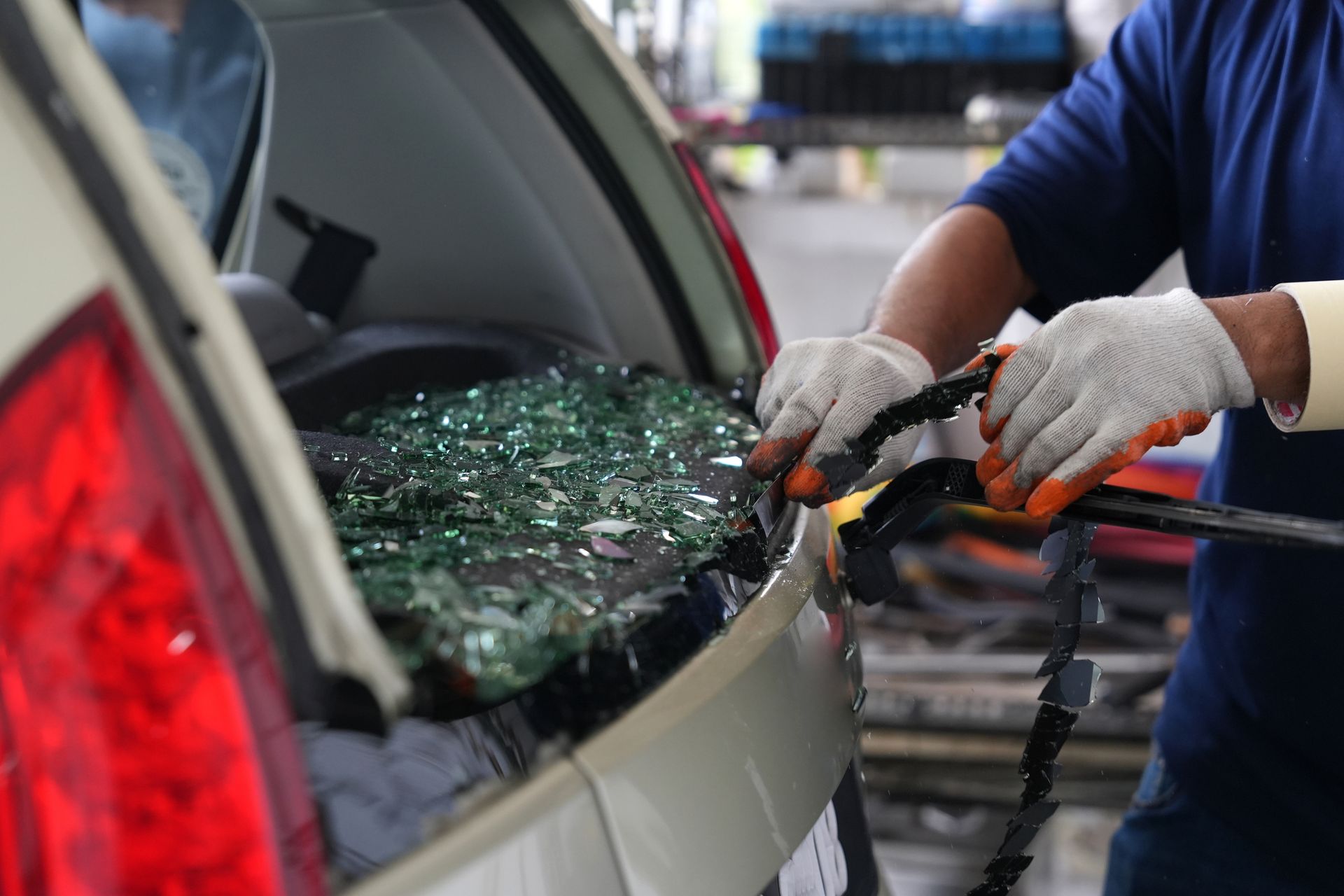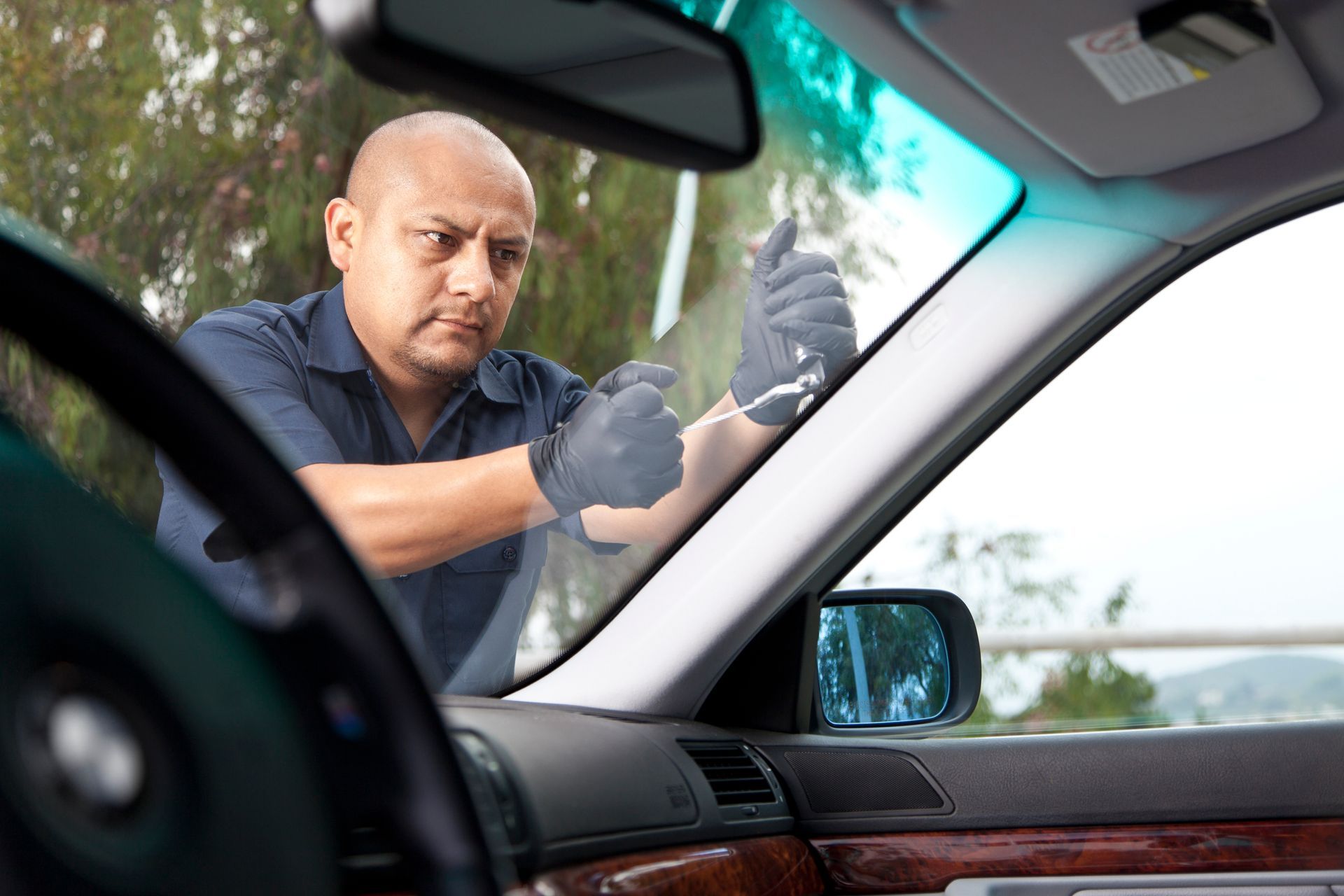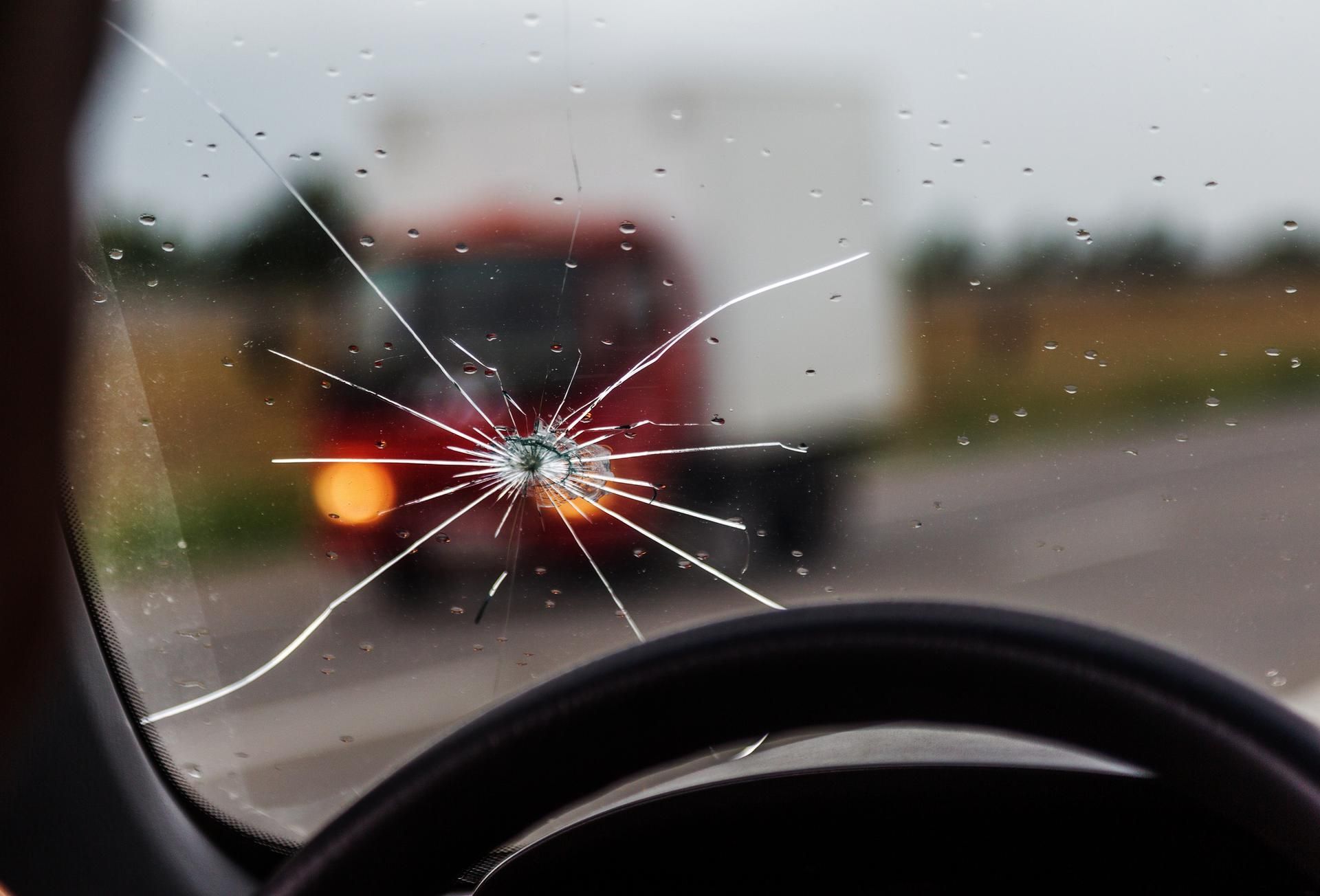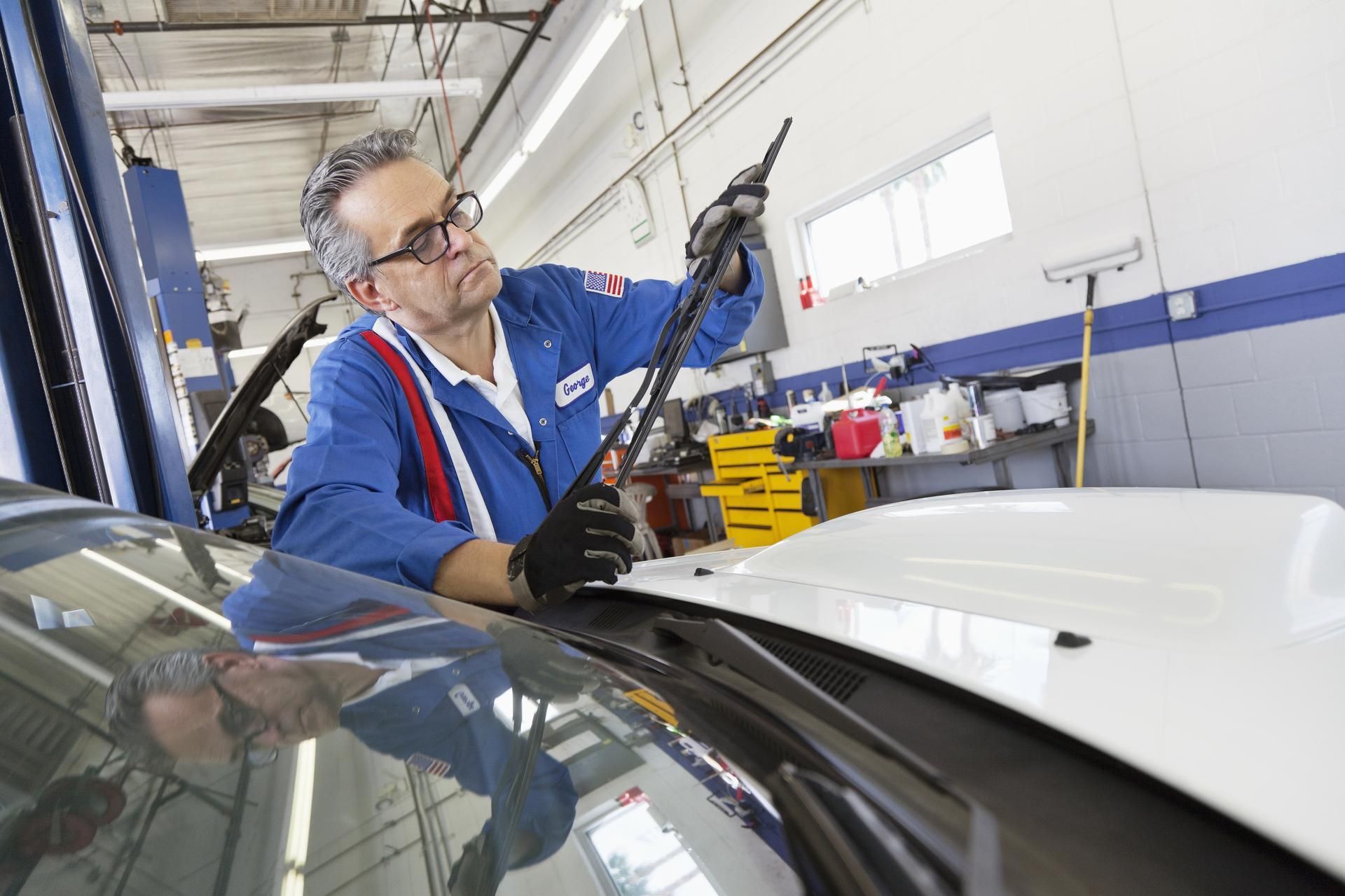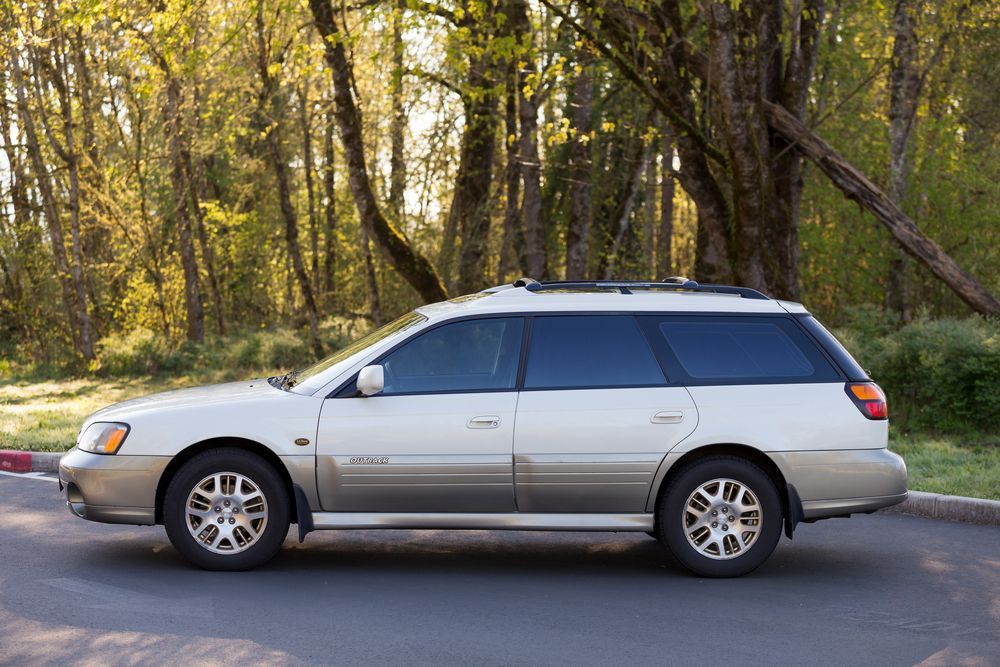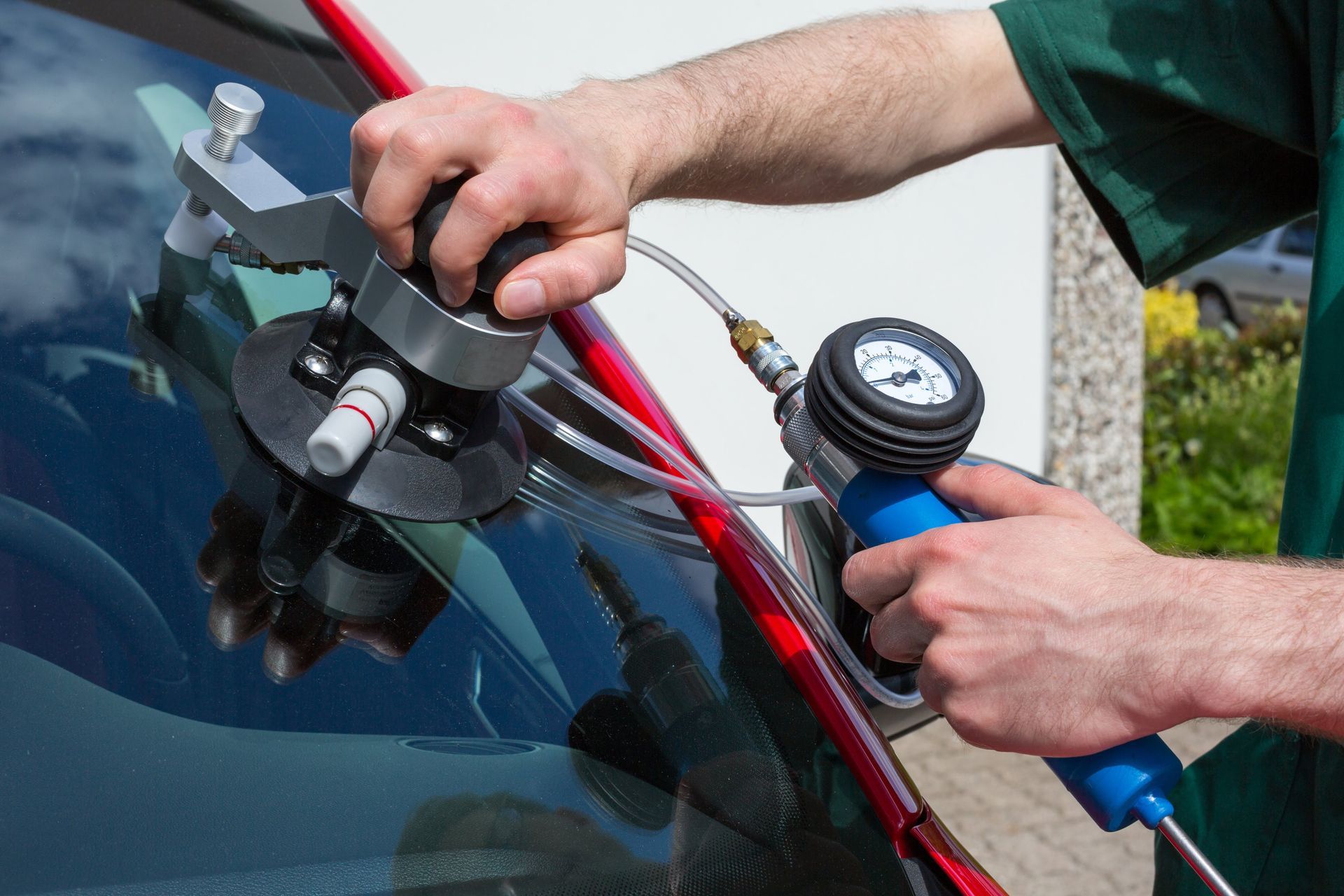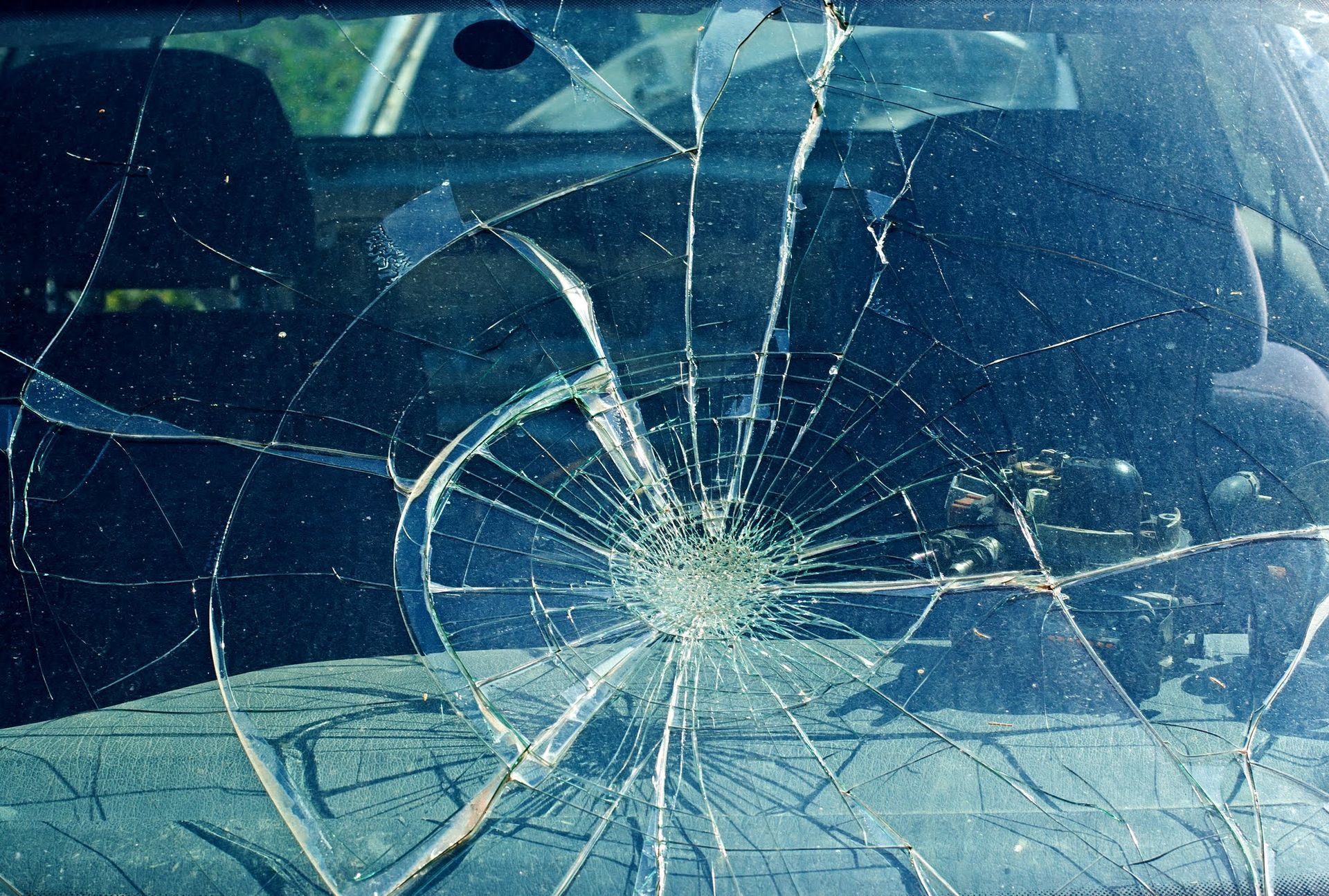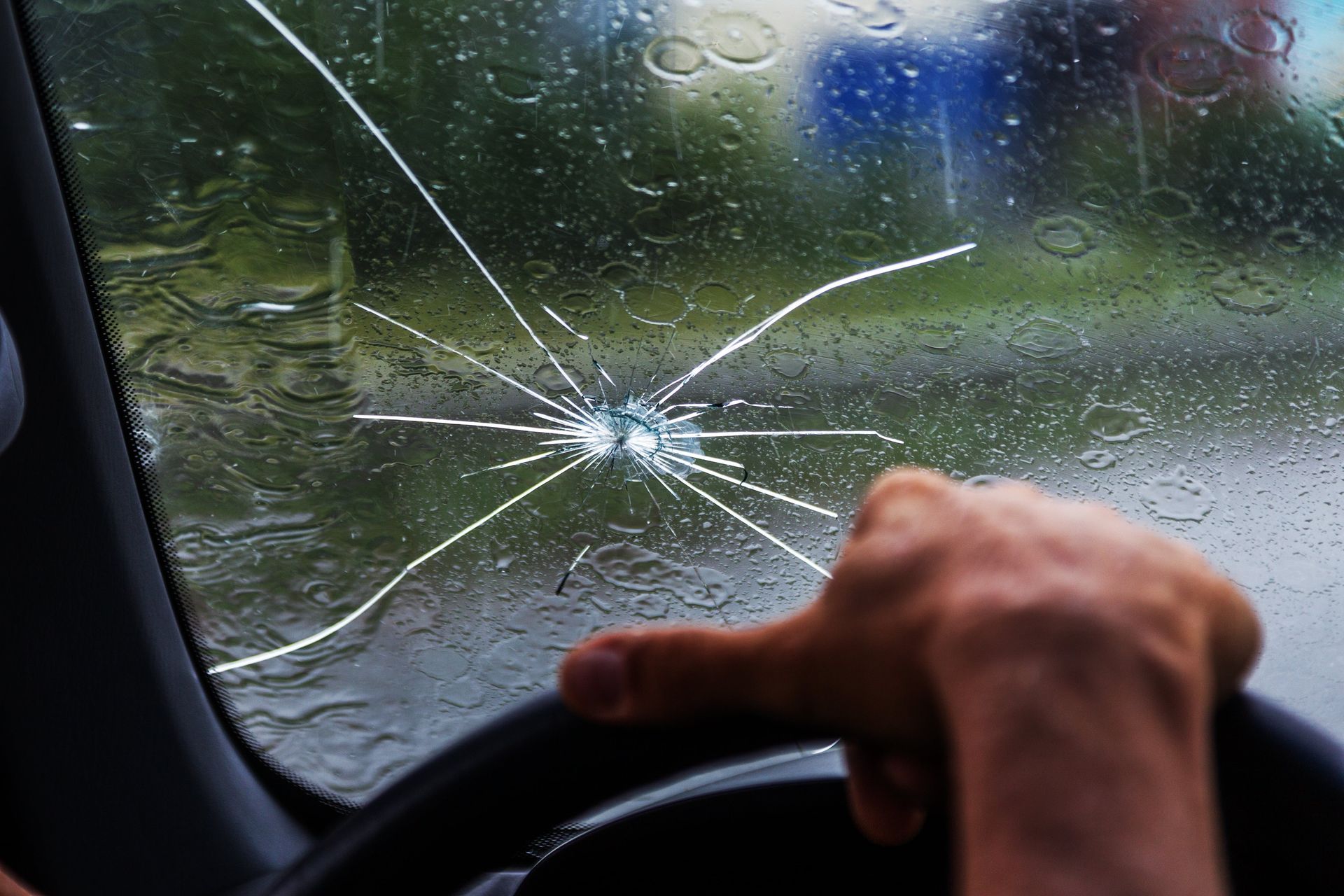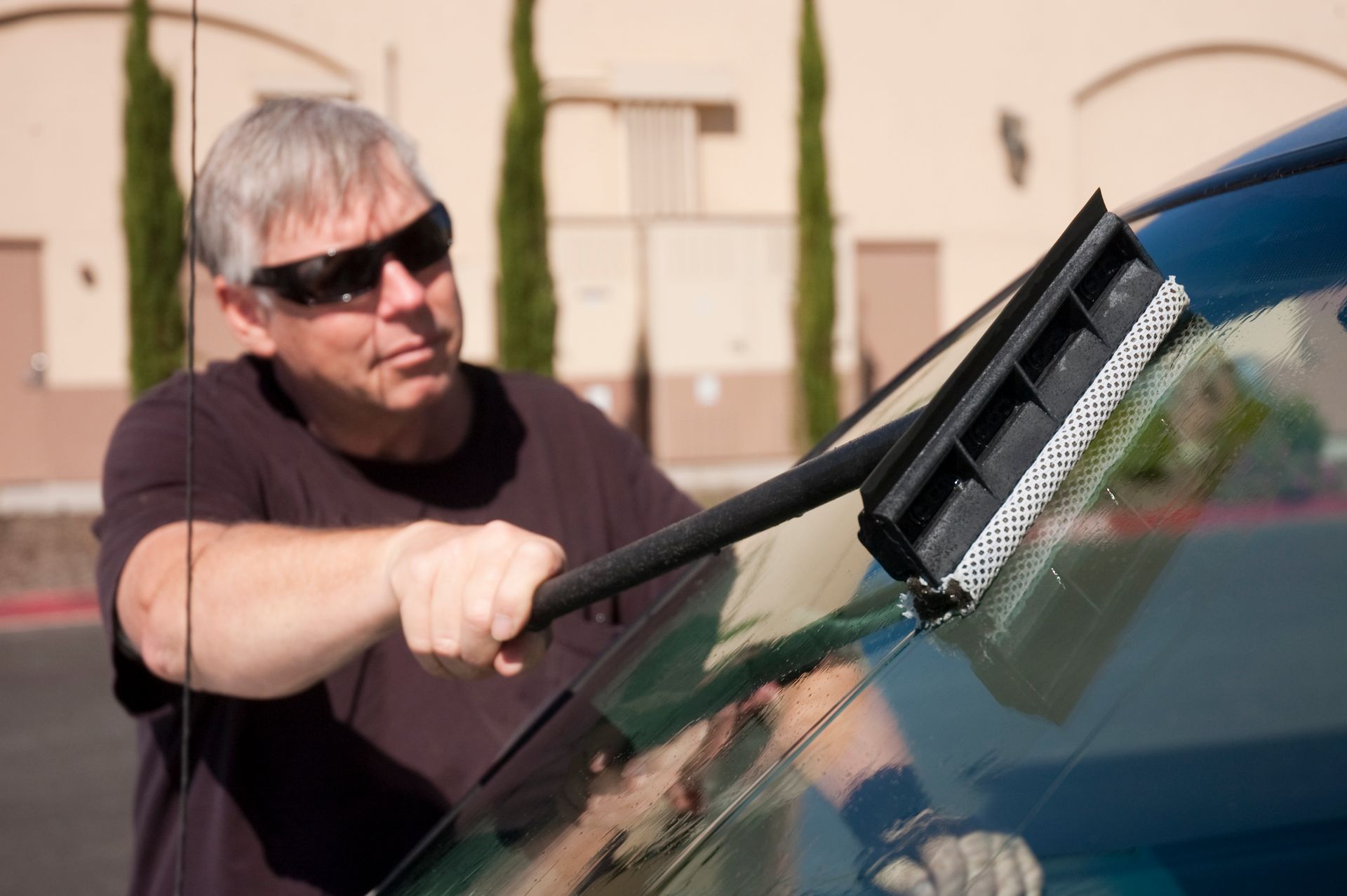What You Should Know About Auto Glass Water Spots
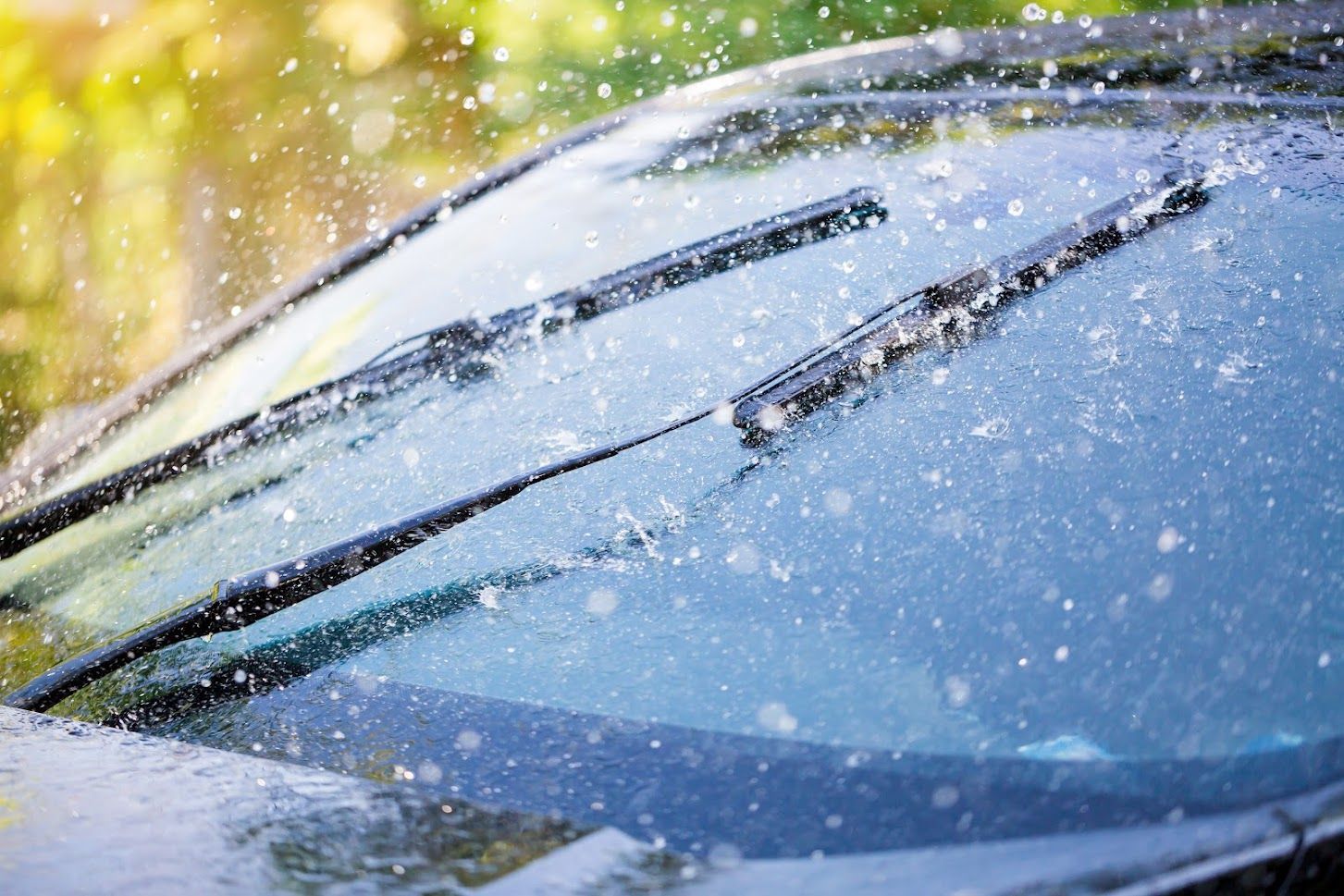
Have you recently experienced any problems with water spots on your auto glass? Are you unsure how they form or how you can get rid of them? This blog article will provide information about auto glass water spots to help you avoid this common problem.
Causes of Water Spots
Water spots develop on windshields when you leave water droplets with impurities or minerals like calcium, iron, and magnesium to dry on the glass screen. These minerals and contaminants adhere to the surface of the glass and leave behind a white residue as the water evaporates. These residues make it more difficult to eliminate water stains than just water droplets.
When hard water evaporates, it has a higher propensity to leave behind mineral traces and other impurities than soft water, which evaporates cleanly. Furthermore, water droplets exposed to acid rain, bird excrement, road brine, dust, or exhaust particulate are more likely to leave water stains after drying.
Also, traditional car wash foam might occasionally leave mineral-rich water droplets behind after washing a car, which can result in water spots. You can use a higher-quality car wash foam that won't leave behind any unwelcome residue.
Types of Water Stains
Etching water spots develop when droplets or small pools of water have exposure for extended periods to severe heat or high levels of sunlight. As the glass temperature rises, water spots may eventually become etched into your car's windows. For this reason, always completely dry your car after you wash it. Etched stains are among the hardest to remove and may require professional help or abrasive removal techniques like wet sanding.
Surface-level water spots are water spots that are only on the windshield's surface but have not yet eroded the glass. You can easily remove these water stains with a good automobile window cleaner.
Mineral stains, often called bonded mineral stains, develop when rainfall that contains highly corrosive or acidic substances contacts your automobile glass. Acid or toxic rain can form when rain mixes with air pollutants. Thus, your windshield can develop these stains if it rains on you somewhere near smoke from automobile exhaust pipes or manufacturing facilities.
Bonded mineral stains create caustic or hazardous deposits on your car's glass. These minerals may eventually adhere to the glass, which will make removal very challenging. Even worse, the minerals may erode the glass over time, which can make it brittle and more likely to break and also ruin your windshield's appearance.
Protective and Repair Measures
The best technique to remove water stains on the windshield is to completely wash and dry the vehicle first. After you thoroughly clean the automobile, wipe the windshield with an isopropyl alcohol solution using a microfiber cloth.
This solution can lift most light water spots. For more difficult stains, apply a distilled water and ammonia mixture, let it soak for five minutes, and then wipe it off with a dry microfiber towel.
For a natural solution, mix lemon juice with distilled water, spray the solution on the hard water spot, let it sit for a few minutes, and then wipe with a clean cloth. Another option is to apply baking soda as a paste with a soft microfiber cloth and then remove it with a fresh cloth.
For a more conventional method, choose a decent window or glass cleaner online and a microfiber cloth to scrape the water stain or spot away. You can also use vinegar to remove water stains. However, use vinegar sparingly because it might corrode glass. Finally, you can use lemon or orange essential oils as a prophylactic treatment to stop the formation of hard water deposits.
If the water spots permanently settle and compromise your windshield, consider a new installation. Contact us at MS Glass Outlet for glass replacements if you live within or near Portland, Milwaukie, Beaverton, and Salem, OR, as well as Seattle and Vancouver, WA.

